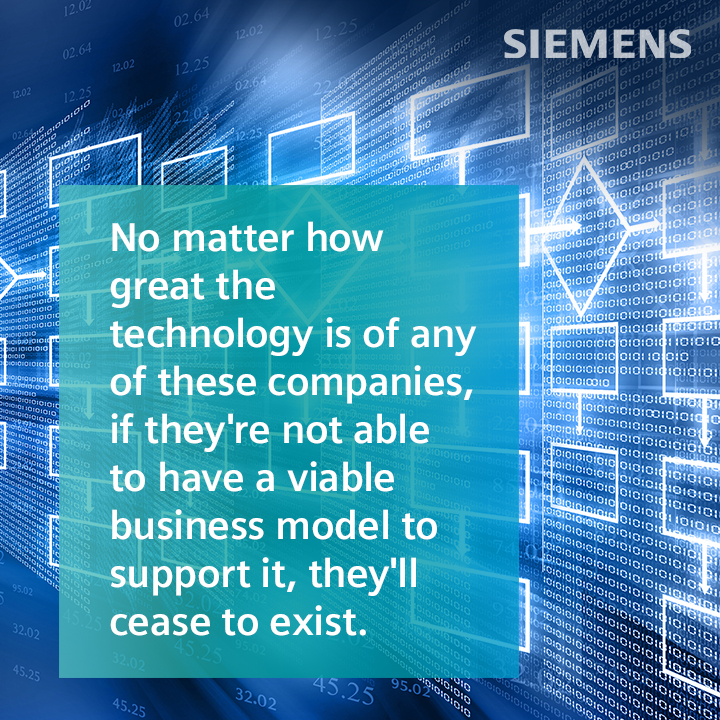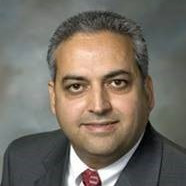AV Development: The transition towards software and electronics

As the automotive industry marches towards the future, legacy manufacturers are attempting to juggle the need for innovation with the demands of their existing business. They need to pay the bill to maintain their existing activities, yet they are also committed to pursuing vehicle electrification and higher levels of autonomy. As consumers become aware of and enjoy the benefits of advanced driver assistance systems and increasingly automated driving features, demand will continue to grow. The appetite for features such as lane-keep assist, automated parking, automated emergency braking, and even low-level autonomous driving has increased significantly in recent years, increasing the pressure on automakers to keep up with market trends towards advanced features and functionality. As automotive manufacturers try to keep pace, they must also maintain existing product lines. As a result, these companies are struggling to transform at the pace necessary to stay competitive.
In the new era of mobility, the most exciting features and capabilities are made possible, and made better, through software and software updates. And all these advanced features and functionality are enabled through powerful electronics devices. This shift towards software and electronics is also shifting emphasis in the automotive world towards the electrical and electronic (E/E) systems, networks, and software development, a radical shift for a traditionally mechanically dominated industry. And along with this massive technological change, new business opportunities are becoming available to automotive and mobility companies. As business models change, automakers need to figure out how to generate the most value as new revenue streams open.
In a new episode of the Future Car podcast, we talk to Nand Kochhar, VP of Automotive and Transportation, and Doug Burcicki, Sr. Director of integrated Electrical Systems at Siemens Digital Industries Software to discuss how E/E architectures are reaching unprecedented complexity as hardware and data network content expand along with higher levels of vehicle autonomy.
Autonomous Vehicles: The Shift Towards a Software and Electronics Based Process
Autonomous vehicles have taken longer to develop than expected.
Not long ago, electric vehicles and autonomous were ideas that were only seriously touted and pursued by ambitious startups.
Traditional OEMs were comfortable with their established market share that only required a few reasonable upgrades a year. But, that’s all in the past!
Today, all major OEMs have plans that will see them go fully electric in the coming decades. To achieve this audacious goal, they have to completely transform the vehicle development process as well as their business model.
In this episode, Conor Peick is joined by two guests from Siemens Digital Industries Software – Nand Kochhar, VP of Automotive and Transportation Industries, and Doug Burcicki, Sr. Director – A&T, Heavy Equipment – Integrated Electrical Systems. They’ll help us understand how traditional OEMs are coping with the need for vehicles that have technologically advanced electronics. They’ll also talk about the challenge of increased complexity and the strategies that companies are using to overcome them.
Some Questions Asked:
- Does the development of autonomous vehicles add to the complexity of vehicle electrical systems? (21:23)
- Why are OEMs enduring the struggle that comes with increased complexity? (23:54)
- Do the current EE Systems standards limit the development of higher levels of autonomy? (28:34)
- What can traditional OEMs do to prepare for the future of mobility and transportation? (34:31)
What You’ll Learn in this Episode:
- How the pursuit of autonomous cars is impacting the automotive industry (01:36)
- The competitive landscape changes being experienced in the industry (04:24)
- How the entrance of technology companies have impacted the pace of vehicle development (12:09)
- The two drivers of complexity in the vehicle electrical systems (17:50)
Connect with Nand Kochhar:
Connect with Doug Burcicki:
Connect with Conor Peick:

Nand Kochhar – Host
Nand Kochhar is the vice president of Automotive and Transportation Industry Strategy for Siemens Digital Industries Software. He joined Siemens in 2020 after nearly 30 years with Ford Motor Company, where he most recently served as Global Safety Systems Chief Engineer. In this capacity, Kochhar was responsible for vehicle safety performance of all Ford and Lincoln brand products globally. He also served as Executive Technical Leader, CAE, and as a member of Ford’s Technology Advisory Board. Kochhar’s tenure at Ford also included executive engineering leadership across a range of disciplines including in product development, manufacturing, digitalization, simulation technology development and implementation.
Kochhar has additionally been active in SAE International, where he has served as Chairman of the Executive standards committee, leader of a cross-industry group focused on driving standards for mobility, autonomous vehicle development, electrification and connectivity. Kochhar also served as Chairman of SAE’s Motor Vehicle Council for 2015-16 terms, after which he was named the Vice Chair of Technical Standards Board (TSB) in 2017 and then TSB Chair in 2018 and 2019.
Kochhar graduated from Missouri University of Science and Technology (Missouri S&T) with a master’s degree in Engineering Mechanics. He was inducted as a member of the Academy of Mechanical and Aerospace Engineers at Missouri S&T in 2005. He lives in Northville, Michigan with his wife and two kids.

Doug Burcicki – Global Director Automotive & Transportation – Integrated Electrical Systems
Doug Burcicki is the Automotive Market Director for the IES team at Siemens. Prior to, Doug was Director, Advanced Business Development at Yazaki, a globally focused role in which he was responsible for identification of Product and Technology trends resultant from Market, Regulatory and Economic indicators. He established a global process for prioritization of R&D projects, resources and investment as opposed to disparate regional strategies and built the business case to enable and support new portfolio development. Prior to this Doug was Vice President for the Yazaki General Motors BU responsible for global P&L, sales strategy and overall customer relationship driving significant success at the account. Doug holds a Masters in Automotive Engineering (Mechanical focus) from Lawrence Technological University, MAE and Bachelor of Science in Electrical Engineering from Wayne State University, BSEE.

Conor Peick – Thought Leadership Writer
Conor works as a writer covering Automotive and Transportation topics for Siemens Digital Industries Software. In this role, he has helped produce a variety of materials including blogs, articles and whitepapers on automotive topics ranging from wire harness design and manufacturing to embedded software development and overall industry trends.

On the Move: A Siemens Automotive Podcast
The automotive and transportation industries are in the middle of a transformation in how vehicles are designed, made, and sold. Driven by an influx of new technologies, consumer demands, environmental pressures, and a changing workforce in factories and offices, automotive companies are pushing to reinvent fundamental aspects of their businesses. This includes developing more advanced and capable vehicles, identifying new revenue sources, improving customer experiences, and changing the ways in which features and functionality are built into vehicles.
Welcome to On the Move, a podcast from Siemens Digital Industries Software that will dive into the acceleration of mobility innovation amid unprecedented change in the automotive and transportation industries. Join hosts Nand Kochhar, VP of Automotive and Transportation, and Conor Peick, Automotive and Transportation Writer, as they dive into the shifting automotive landscape with expert guests from Siemens and around the industry. Tune in to learn about modern automotive design and engineering challenges, how software and electronics have grown in use and importance, and where the industries might be heading in the future.


